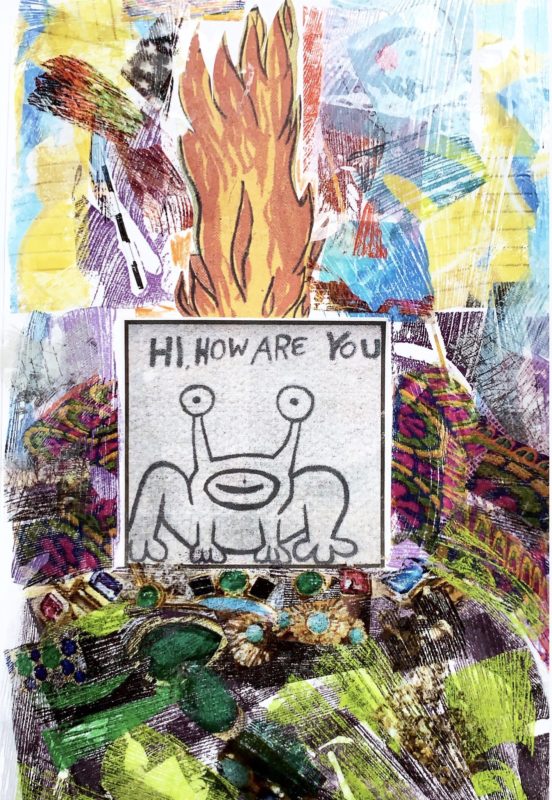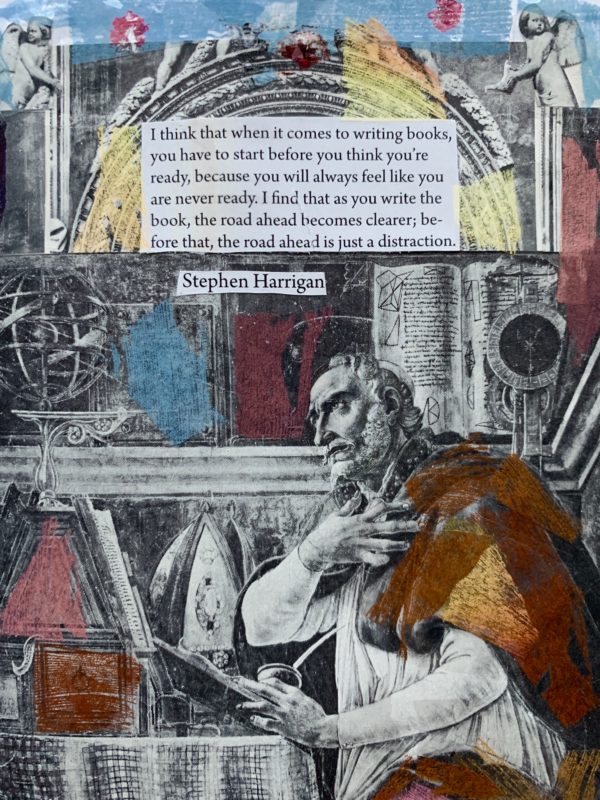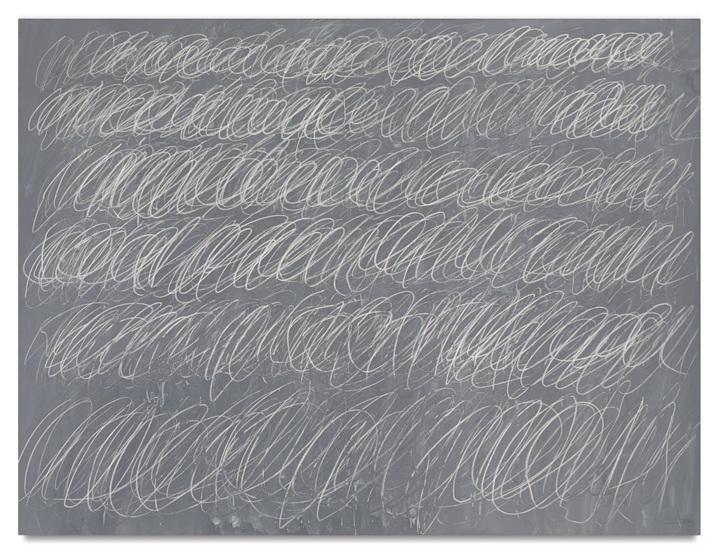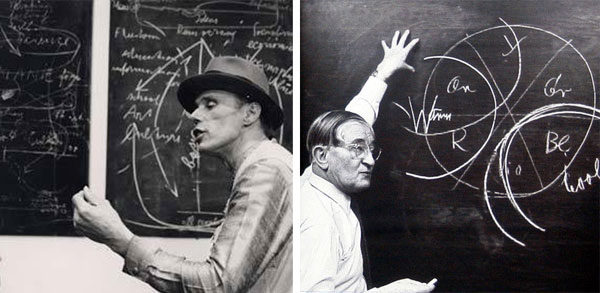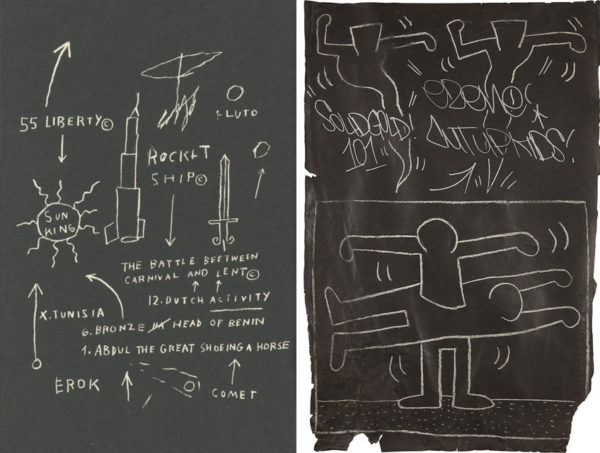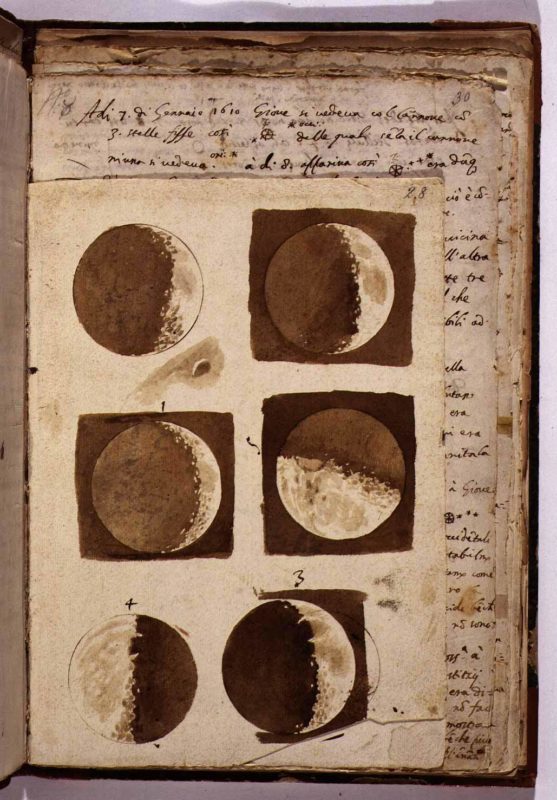
Here are Galileo’s drawings of the moon, made over 400 years ago. And here are my comparatively pathetic doodles of the moon phases, copied from online diagrams yesterday in my diary to try to memorize them:
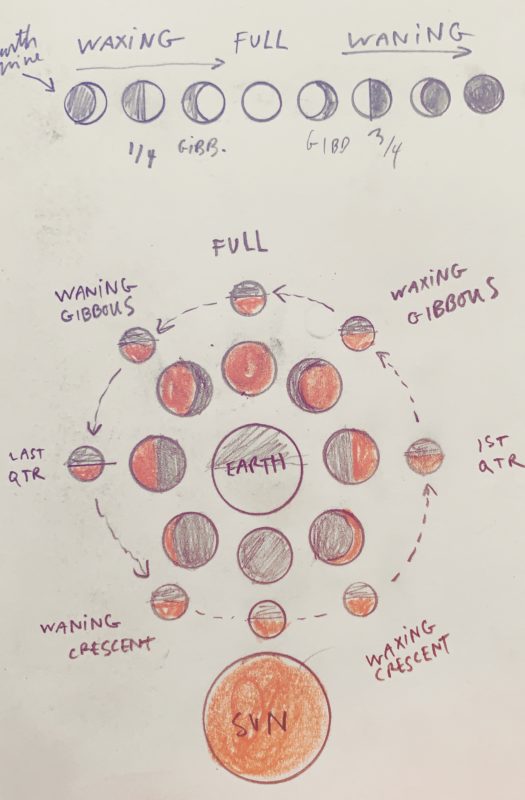
Why bother copying a diagram of the moon? Because copying is how we learn, of course, and in the course of learning how to learn again, I’ve discovered that if you want to understand something, you need to draw it out, with your own pencil and paper, to force yourself to really look at what you’re copying and internalize it.
Even better if you can start sneaking what you’re learning into your work:

Filed under: the moon
